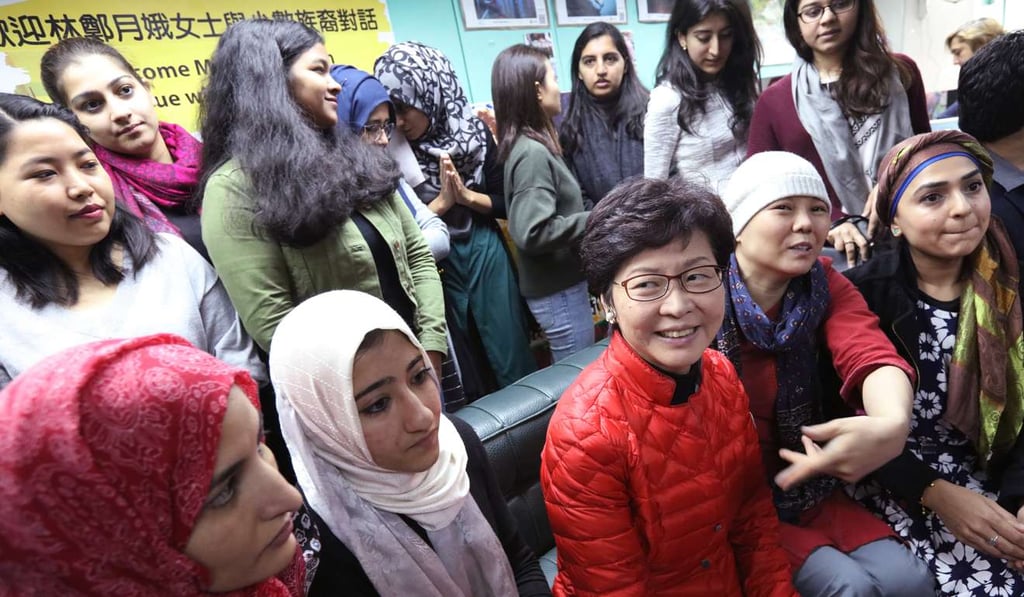Who, really, are Hong Kong’s ethnic minorities? No policy can work without understanding
Chura Thapa says the government policy for social integration not only lacks finesse and focus, but also does not take into account the importance of preserving the cultural identities of the groups

In Europe, the drive for social integration rests on two clear principles: one, to provide immigrant and minority groups with economic opportunities; and, two, to preserve cultural and linguistic diversity. To this end, many European governments allow minority children to be educated in their own language, on top of learning the dominant one. For example, Turkish minorities in Germany are allowed to run Turkish-language schools in the areas where they live in large numbers.
In Hong Kong, by contrast, the debate on how to integrate ethnic minorities into society has largely focused on the learning of Cantonese language skills. While it is important to develop Cantonese competency, the debate misses a few critical issues.
Is the diversity drive working for Hong Kong’s ethnic minorities?
First and foremost, it is important to recognise the rights of minority groups to choose a medium of instruction and to preserve their heritage language.
The government has failed to adopt defined criteria in identifying ethnic minorities for integration
Ostensibly in Hong Kong, the government encourages ethnic minorities to learn Chinese as a second language. Yet, at the same time, it promotes an assimilationist agenda by pushing minority students into monolingual Chinese-langauge schools, in the name of Cantonese learning and social integration. This may have an adverse impact on these students’ cultural identification and overall educational development.
Second, the government has failed to adopt clearly defined criteria in identifying ethnic minorities for integration. At present, South Asians appear to be the only minorities targeted in this way, without regard to criteria such as their different socio-economic, linguistic or educational levels. Meanwhile, other minority groups such as the British, Australians, Japanese and Koreans are excluded.
For example, the Indian community is the most affluent among South Asian groups, with a poverty rate of 9.7 per cent. As a comparison, the overall poverty rate in Hong Kong is 15. 2 per cent, and that of the Pakistani community is 50.2 per cent. Further, a majority of Indians in Hong Kong are professionals, managers and administrators. Thus, in terms of socio-economic circumstances, they are similar to the Australian, British, Japanese and Korean communities here. Yet, they are treated differently.
Discriminatory language abounds in describing Hong Kong’s ethnic minorities

